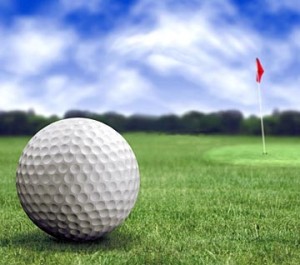HYPNOSIS: POWERFUL HELP IN ATHLETIC PERFORMANCE
In 1932 studies in electrophysiology demonstrated that by imagining a physical activity, the muscles involved are stimulated. Further research in l976 indicated that actual neural growth occurs as a result of mental imagery. In 1980 tests of world class Soviet athletes showed that mental training was far more productive of improvement than physical training.
Hypnosis cannot make unskilled people into champions, but it can generate performance at or near personal peak levels.
 Effective hypnosis to improve athletic performance can be broken down into four categories: goal setting, relaxation, concentration and rehearsal. Athletes with coaches or therapists need to write down improvement goals and time expectations pertinent to achievement. Next, since tension is counterproductive to performance, relaxation is needed and forms the base to build concentration and rehearsal and release anxiety.
Effective hypnosis to improve athletic performance can be broken down into four categories: goal setting, relaxation, concentration and rehearsal. Athletes with coaches or therapists need to write down improvement goals and time expectations pertinent to achievement. Next, since tension is counterproductive to performance, relaxation is needed and forms the base to build concentration and rehearsal and release anxiety.
Concentration is a means of eliminating distractions. The use of post-hypnotic cues is highly effective. Focus will be on the specific task which leads to optimal performance. Finally, it has been proved that mental rehearsing of performance can be more productive than physical practice. Jack Nicklaus has related that he never hit a ball without first visualizing it landing exactly where he wants it. There are two types of rehearsal imagery: process imagery (the steps taken to achieve a specific task), and result imagery (the visualization of the completion of a perfect effort). Mental hypnotic processes do not remove the need for training and practice, but can maximize the productive results.


